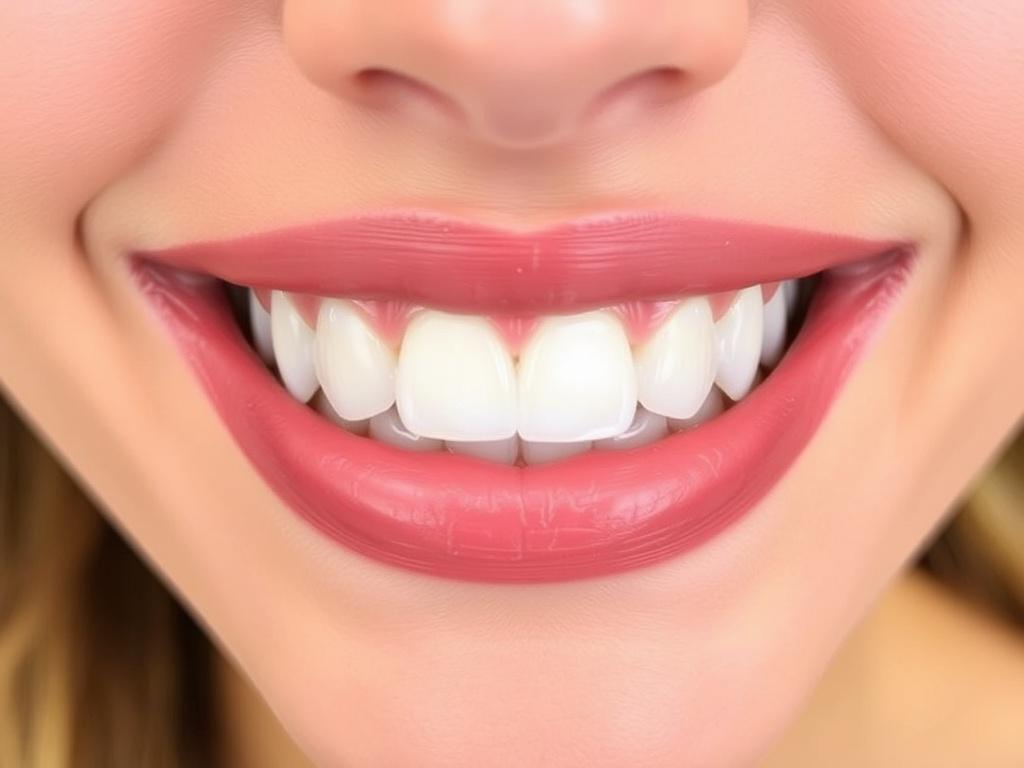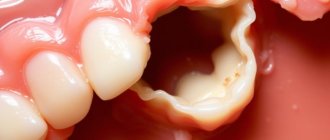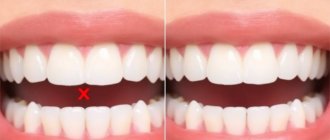If you’ve ever caught yourself avoiding the mirror or holding back a smile because of uneven or excessive gums, you’re not alone. A smile can light up a room, but sometimes it’s not quite perfect—especially when the gums steal some of the spotlight. That’s where gum contouring steps in, offering a subtle yet transformative solution for anyone looking to enhance their smile. In this comprehensive guide, we’ll dive deep into gum contouring for a perfect smile. From the basics, procedures, benefits, and recovery, to tips on finding the right specialist, this article will walk you through everything you need to know.
Содержание
- 1 What Is Gum Contouring?
- 2 How Does Gum Contouring Work?
- 3 Who Is a Good Candidate for Gum Contouring?
- 4 Benefits of Gum Contouring for a Perfect Smile
- 5 Potential Risks and Considerations
- 6 Gum Contouring vs. Other Smile-Enhancing Procedures
- 7 Step-by-Step Guide to the Gum Contouring Procedure
- 8 How to Choose the Right Dentist for Gum Contouring
- 9 Aftercare Tips for Maintaining Your Perfect Smile
- 10 How Much Does Gum Contouring Cost?
- 11 Real-Life Stories: Transformations with Gum Contouring
- 12 Frequently Asked Questions About Gum Contouring
- 13 Summary
What Is Gum Contouring?
Gum contouring, also known as gum reshaping or gingival sculpting, is a dental procedure aimed at correcting the shape and size of your gums to improve the overall look of your smile. If you have excessive gum tissue, sometimes referred to as a “gummy smile,” or uneven gum lines, gum contouring can make your teeth more visible and give your smile a balanced and harmonious appearance.
This procedure can be done for purely cosmetic reasons or for dental health improvements, especially if the gums interfere with oral hygiene. In simpler terms, gum contouring is like a makeover for your gums—it trims away the excess tissue or adds form to uneven areas.
Why Consider Gum Contouring?
Many people hesitate to smile fully because they feel their gums take away from the beauty of their teeth. Here are some common reasons why someone might consider gum contouring:
- Excessive Gum Tissue: Some people have “gummy smiles” where more gum is visible than teeth.
- Uneven Gum Line: If your gums are asymmetrical or have irregular shapes around the teeth.
- Short Teeth Appearance: Teeth may look too short or stubby due to covering by gum tissue.
- Dental Health Concerns: Excess tissue can sometimes trap plaque and bacteria, leading to gum disease.
The beauty of gum contouring is its ability to enhance your confidence by shaping your smile without elaborate treatments or expensive appliances.
How Does Gum Contouring Work?
Gum contouring is a minimally invasive procedure performed by a dentist or periodontist (gum specialist). The method used depends on the amount of tissue to be removed and the desired results. Let’s break down the common steps involved:
The Consultation and Planning
Before any work begins, you will have a consultation where the dentist evaluates your gums and teeth. This might involve taking photographs, x-rays, or impressions to understand your oral structure thoroughly. Together, you will discuss your goals and decide if gum contouring is the best route or if other treatments are necessary.
Laser Gum Contouring
Laser gum contouring is the most popular technique today because it offers precision, less bleeding, and quick healing. A special dental laser is used to gently vaporize and trim the excess gum tissue, sculpting an even gum line while minimizing discomfort.
Traditional Scalpel Gum Contouring
In some cases, particularly when extensive gum tissue removal is needed, traditional surgery with a scalpel may be recommended. The dentist carefully cuts away excess tissue and may perform some suturing to aid healing.
Recovery and Aftercare
Most gum contouring procedures are outpatient, with little downtime. You may experience mild discomfort or swelling for a few days, but this can usually be managed with over-the-counter pain relievers. Your dentist will give you specific instructions to keep the area clean and avoid irritation.
Who Is a Good Candidate for Gum Contouring?
Not everyone with gum issues should automatically jump into contouring. Ideal candidates include people who:
- Have a “gummy smile” due to excessive gum tissue.
- Have uneven or asymmetrical gum lines.
- Want to improve the appearance of short or stubby-looking teeth.
- Are in good overall oral health, free from active gum disease.
- Are non-smokers or willing to quit smoking before and after the procedure to promote healing.
Dentists will usually conduct a thorough examination and may recommend other treatments first, such as professional cleaning or addressing gum disease, before performing contouring.
When to Avoid Gum Contouring
There are situations where gum contouring might not be appropriate, such as:
- Active gingivitis or severe periodontitis (gum disease).
- Poor oral hygiene habits or uncontrolled diabetes.
- Pregnancy, as some dental procedures are postponed.
- Insufficient bone structure supporting teeth, which might require other dental interventions first.
Your dentist will evaluate all these factors during the consultation to ensure gum contouring is safe and effective for you.
Benefits of Gum Contouring for a Perfect Smile
The advantages of gum contouring extend beyond just cosmetic appeal. Here’s why many people find this procedure life-changing:
| Benefit | Description |
|---|---|
| Enhanced Aesthetics | Creates a balanced gum line and exposes more of your natural teeth, leading to a more attractive and confident smile. |
| Improved Oral Hygiene | Removes excess gum tissue that can harbor bacteria, making it easier to brush and floss effectively. |
| Minimal Discomfort | Laser treatments allow for faster healing and less pain compared to traditional surgery. |
| Quick Procedure and Recovery | Many patients complete the procedure within an hour and return to normal activities soon after. |
| Boost in Confidence | Feeling proud to smile openly can positively impact social and professional interactions. |
Potential Risks and Considerations
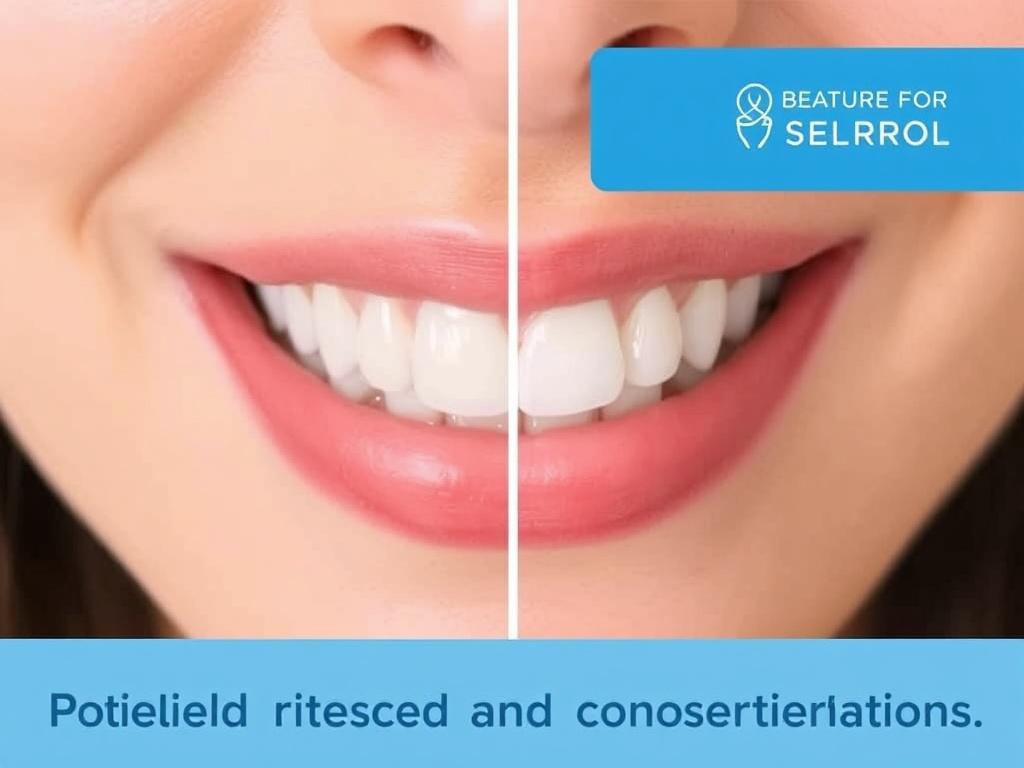
Though gum contouring is generally safe, it’s essential to be aware of possible risks or downsides. This way, you have realistic expectations and know what to watch out for:
- Sensitivity: Teeth may feel sensitive to hot and cold after the procedure.
- Infection: Though rare, there’s a small risk of infection at the treatment site.
- Uneven Results: If the dentist is inexperienced, the contouring might not be perfectly symmetrical.
- Regrowth: In some cases, gums may grow back slightly and require touch-up treatments.
- Cost: Gum contouring may not be covered by insurance if done for cosmetic reasons.
Discuss any concerns directly with your dental care provider before proceeding.
Gum Contouring vs. Other Smile-Enhancing Procedures
When looking to improve your smile, gum contouring is just one of many options. Understanding how it compares to other treatments will help you make the best choice.
Gum Contouring vs. Veneers
Veneers are thin porcelain or composite shells bonded to the tooth surface that change the color, shape, and size of teeth. While veneers focus on the teeth themselves, gum contouring focuses on the surrounding tissue. Sometimes, these treatments are combined for a dramatic smile makeover.
Gum Contouring vs. Crown Lengthening
Crown lengthening involves removing gum tissue and possibly bone to expose more of the tooth’s surface, often to prepare for dental restorations like crowns. While similar to gum contouring, crown lengthening is more extensive and functional, not mainly cosmetic.
Gum Contouring vs. Orthodontics
Orthodontic treatments like braces or aligners straighten teeth but do not change the gum line. If your issue is gummy smile or uneven gums, orthodontics alone won’t address it. Sometimes combined for whole-mouth improvement.
Step-by-Step Guide to the Gum Contouring Procedure
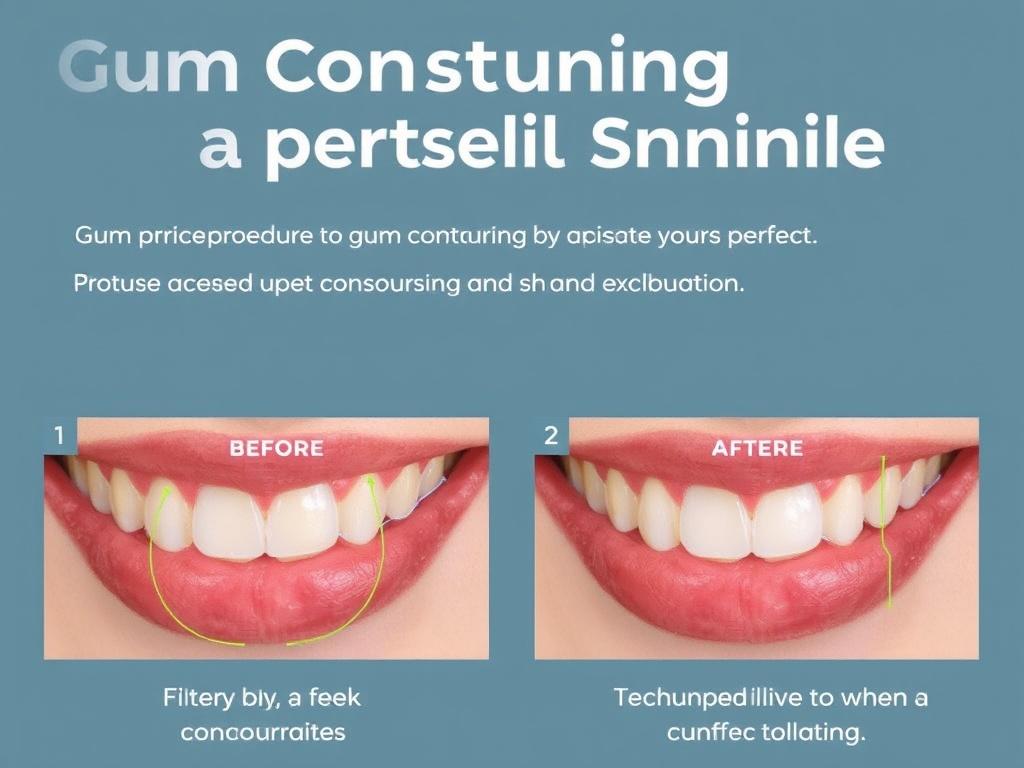
If you’re considering gum contouring for a perfect smile, it helps to know exactly what will happen. Here’s a typical step-by-step process:
- Initial Consultation: Discuss your goals, examination, and planning.
- Pre-Treatment Cleaning: Professional cleaning to ensure gum health.
- Numbing: Local anesthesia is applied to make the procedure painless.
- Reshaping: Laser or scalpel used to remove excess tissue and shape the gums.
- Finishing Touches: Adjustments made to create even gum lines.
- Post-Procedure Care: Instructions given for pain management and hygiene.
- Follow-up: Check-ups scheduled to monitor healing and results.
How to Choose the Right Dentist for Gum Contouring
Your choice of dental professional makes a huge difference in the outcome. Here are key points to consider when selecting who will perform your gum contouring:
- Experience: Look for a dentist or periodontist with extensive experience in gum contouring.
- Technology: Clinics equipped with dental lasers usually provide less invasive treatments.
- Patient Reviews: Read testimonials or before-and-after photos to evaluate results.
- Consultation Comfort: Choose someone who listens to your concerns and explains options clearly.
- Cost Transparency: Ensure you understand the pricing and whether insurance covers any part.
Aftercare Tips for Maintaining Your Perfect Smile
Once you’ve had gum contouring, proper care is essential for lasting results and healing. Follow these guidelines:
- Avoid strenuous exercise or touching the gums for at least 24 hours.
- Eat soft foods for a few days—think soups, yogurt, and mashed potatoes.
- Maintain excellent oral hygiene but be gentle around treated areas.
- Use any prescribed mouth rinses or avoid alcohol-based mouthwashes.
- Avoid smoking and alcohol as they delay healing.
- Attend all recommended follow-up appointments.
Foods to Avoid After Gum Contouring
Here is a simple list of foods to steer clear of during your initial recovery period:
- Spicy or acidic foods (can irritate gums)
- Hard, crunchy foods like nuts or chips
- Hot beverages and coffee
- Alcoholic drinks
- Sticky candies and chewing gum
Sticking to these guidelines helps minimize discomfort and speeds healing.
How Much Does Gum Contouring Cost?
The price for gum contouring can vary widely depending on factors like the extent of the procedure, the dentist’s experience, and the geographic location of the clinic. On average, here’s what you might expect:
| Type of Procedure | Estimated Cost Range (USD) |
|---|---|
| Laser Gum Contouring (small area) | $200 – $800 |
| Traditional Scalpel Gum Surgery | $500 – $3,000 |
| Extensive Crown Lengthening | $1,000 – $4,000 |
Remember to ask your provider whether the price includes consultation, follow-ups, and possible anesthesia.
Real-Life Stories: Transformations with Gum Contouring
Many people share their before-and-after experiences online, showing how gum contouring made a big difference. One common theme is the boost in self-esteem and willingness to smile openly in photos and social settings. These personal stories underscore the power of this simple procedure to change not just looks but how people feel about themselves.
Example
Jessica, a 27-year-old teacher, struggled with a gummy smile since her teens. After professional gum contouring with a laser, she described her smile as “completely natural-looking” and noticed how classmates and friends started complimenting her more. She felt comfortable laughing freely for the first time in years.
Frequently Asked Questions About Gum Contouring
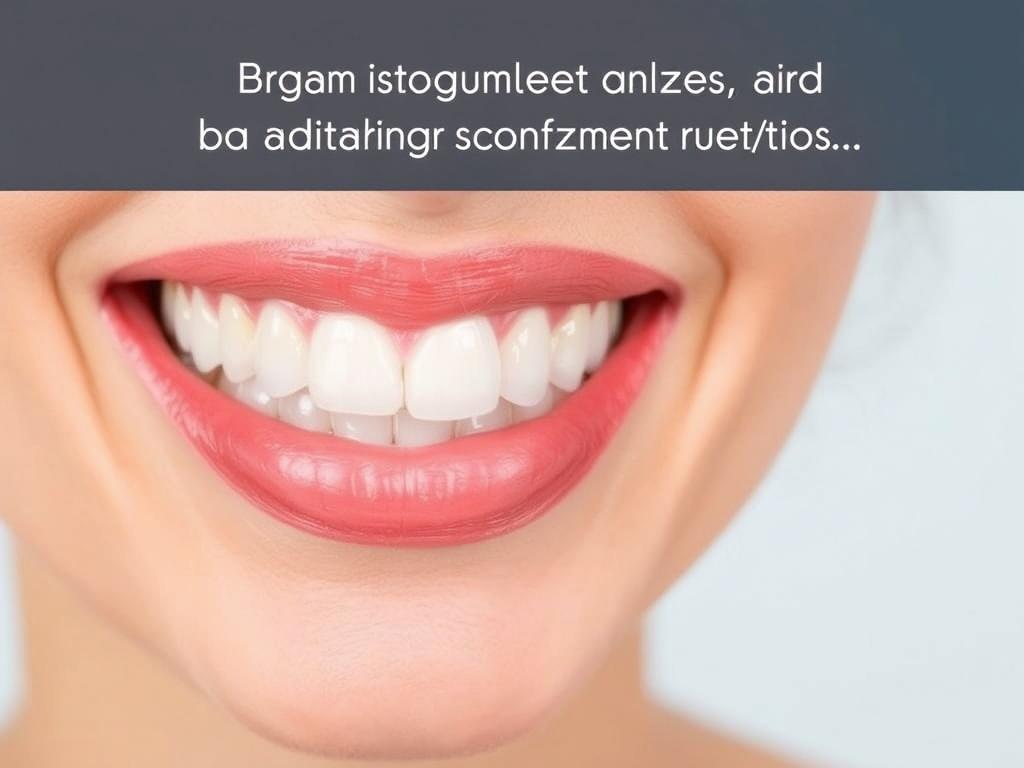
Does gum contouring hurt?
Most patients report little to no pain due to local anesthesia and modern laser technology. Some mild discomfort may occur after the anesthesia wears off but is usually manageable with over-the-counter pain medication.
Is gum contouring permanent?
The results are generally long-lasting, but some gum regrowth can occur, especially if oral hygiene is not maintained. Occasional touch-ups might be needed for some patients.
How long does the procedure take?
Typically, gum contouring takes between 30 minutes to 1 hour, depending on the area being treated.
Can gum contouring prevent gum disease?
While it improves the gum shape and fit around teeth, it is not a cure for gum disease but can make oral hygiene easier and prevent plaque buildup.
Summary
Gum contouring for a perfect smile is an accessible, effective way to transform your smile by reshaping excess or uneven gum tissue. Whether you’re battling a gummy smile or uneven gums, this procedure can enhance your confidence, improve oral hygiene, and give your teeth the attention they deserve. With options like laser contouring offering minimal discomfort and quick recovery, more people are turning to this technique for their smile makeover. However, it’s essential to choose an experienced dentist, understand the potential risks, and follow aftercare guidelines for the best results. If you’ve been dreaming of smiling without hesitation, gum contouring might just be the key to unlocking that perfect smile you’ve always wanted.

